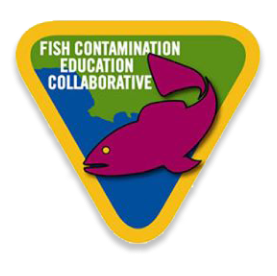Whole Foods Takes the Lead in Labeling Sustainable Seafood
Have you ever walked down the seafood aisle at your local grocer and tried to figure out how sustainable its fish are?
With a wide range of labels–organic, sustainable, dolphin safe, sustainably farmed–you might get confused about which fish are eco-friendly and safe for your health.
Thankfully, supermarket chain Whole Foods has become the first major retailer to provide consumers with seafood sustainability ratings that are easy to understand. They were announced last September and were designed together with the Blue Ocean Institute and Monterey Bay Aquarium’s Seafood Watch program; it’s a great addition to the store’s existing label for responsibly farmed seafood.
The ratings are color-coded like a stoplight: red means the species is not caught sustainably, yellow means there may be some issues, while green is your best choice for sustainability.
Blogger Lauren from Sensei Talks, who writes about health and wellness, explains that Whole Foods gives a product the green label if the supplying fishery keeps the species’ population abundant and uses catching methods that do not harm natural habitats or other marine life.
Although Whole Foods currently carries red-labeled products, it plans to phase them out by Earth Day 2013.
You can watch a video introducing the store’s new program below.
Image via Eater.com
A Move Toward Sustainability
Other grocery chains are also joining Whole Foods in providing sustainable seafood choices.
MSNBC reported that Target will stop carrying farmed salmon and Safeway will no longer offer grouper and monkfish. And by the end of 2012, Trader Joe’s will only sell sustainable-sourced seafood.
Other Resources
We’re glad that grocers are making it easier for people to buy sustainable seafood.
If you need additional help, Food & Water Watch has guidelines for buying fish. Some notable tips include:
- Choosing wild-caught fish since they’re associated with fewer health risks
- Eating smaller fish because they have lower levels of chemicals than their larger counterparts
- Buying local to reduce the amount of fuel it takes to get the seafood to your table
And if you’re thinking about eating out in Southern California, consider using Seafood Watch’s list of sustainable seafood restaurants when making a decision. Aquarium of the Pacific’s Seafood for the Future also partners with sustainable restaurants; our interview with Dave Anderson, a marine biologist at the program, gives more information about their mission.
We know seafood labeling can be tricky and confusing, but hopefully, these resources and Whole Food’s new system will help to clear things up.
What do you think? Leave your thoughts down below and don’t forget to share this post with others on Facebook and Twitter.

